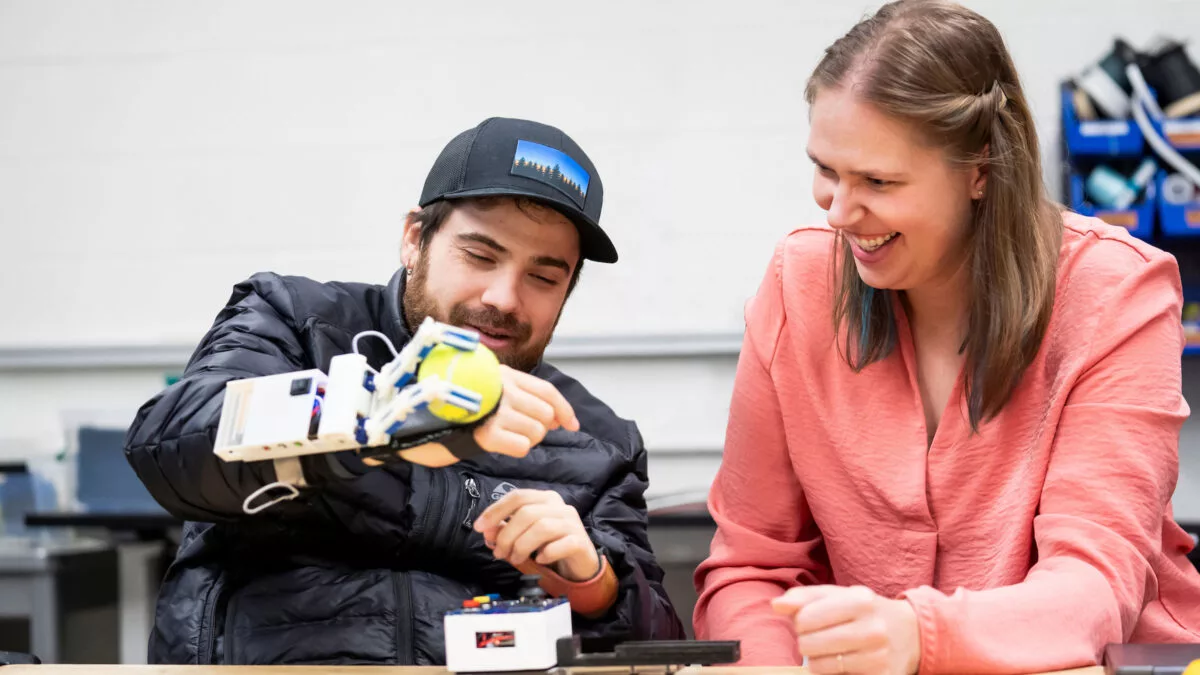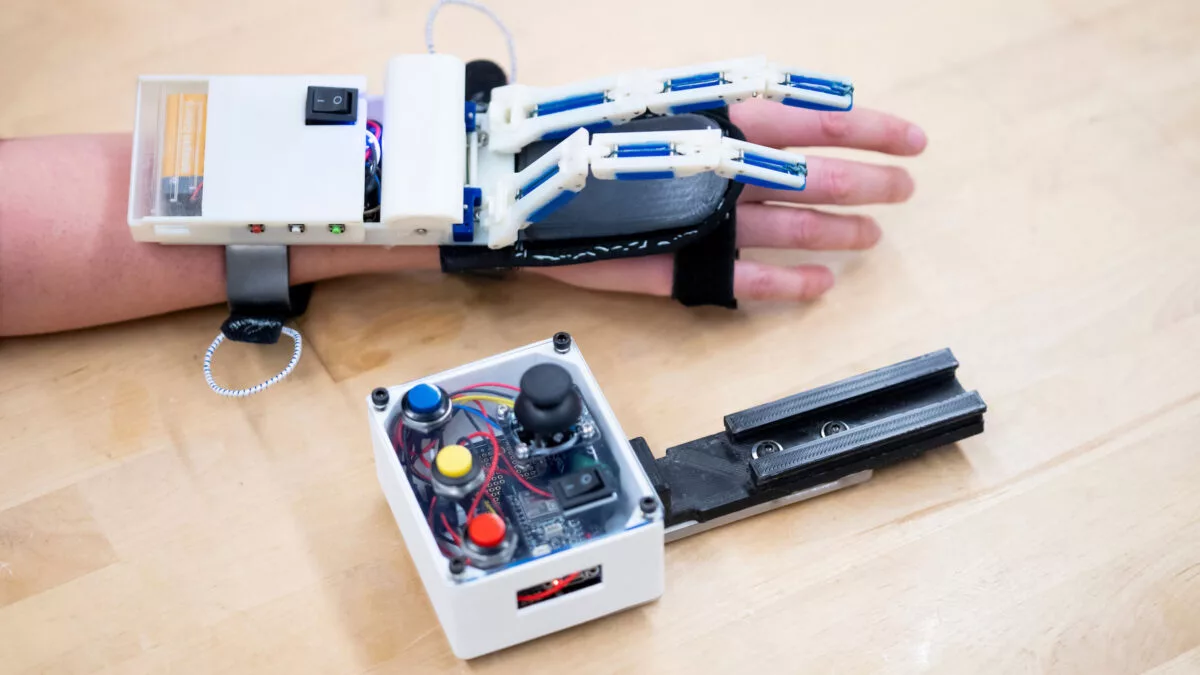When someone has been rendered tetraplegic by a spinal cord injury, they may still retain partial use of their wrists. An experimental device has been designed to help such folks lift cumbersome objects, by adding a robotic hand to the back of their dominant hand.
If a person suffers a spinal cord injury between their C5 and C7 vertebrae, grasping and lifting large or heavy items is virtually impossible. The individual may often still be able to bend their wrist upwards and move their fingers a little bit, but they simply can't apply a strong enough grip.
That's where the Dorsal Grasper comes in.
Currently in prototype form, the device is being developed by Assoc. Prof. Hannah Stuart, PhD student Andrew McPherson, and postdoctoral researcher Jungpyo Lee at the University of California Berkeley's College of Engineering.

In its current incarnation, the Dorsal Grasper consists of a commercially available padded wrist brace with a motorized hand mounted on top. That hand in turn incorporates two articulated polymer fingers with silicone rubber gripping pads on their underside, along with a rubber "artificial palm" that's Velcro-mounted on the back/top of the wrist brace.
When the user bends their wrist upwards, a bending sensor located inside the brace detects the action. It responds by activating the hand's electric motor, which straightens the spring-loaded fingers upwards via integrated wire tendons.
Once the user has moved their arm to put the target object between the hand's fingers and palm, they close the fingers onto that item by bending their wrist down again. They can then securely lift and move the object, not releasing it until they bend their wrist back up.
The Dorsal Grasper additionally features a distance sensor, which uses a laser to measure how far the hand is from the target. This device prevents the fingers from being prematurely activated by involuntary wrist movements, as it won't let them close if the object is farther than 60 mm (2.4 in) away.

Importantly, not only does the device apply a stronger grip than would otherwise be possible, it also allows users to grasp items in a variety of orientations relative to those items. Ordinarily, people with tetraplegia often have to angle themselves sideways relative to objects they wish to grasp, plus they may be blocked by obstacles such as table legs.
"This device stands out in that you can grasp with one hand pretty much anywhere you can reach that arm, which greatly expands your workspace," says McPherson.
A paper on the project was recently published in the journal IEEE Transactions on Neural Systems and Rehabilitation Engineering. You can see the Dorsal Grasper in use, in the video below.
Source: UC Berkeley




